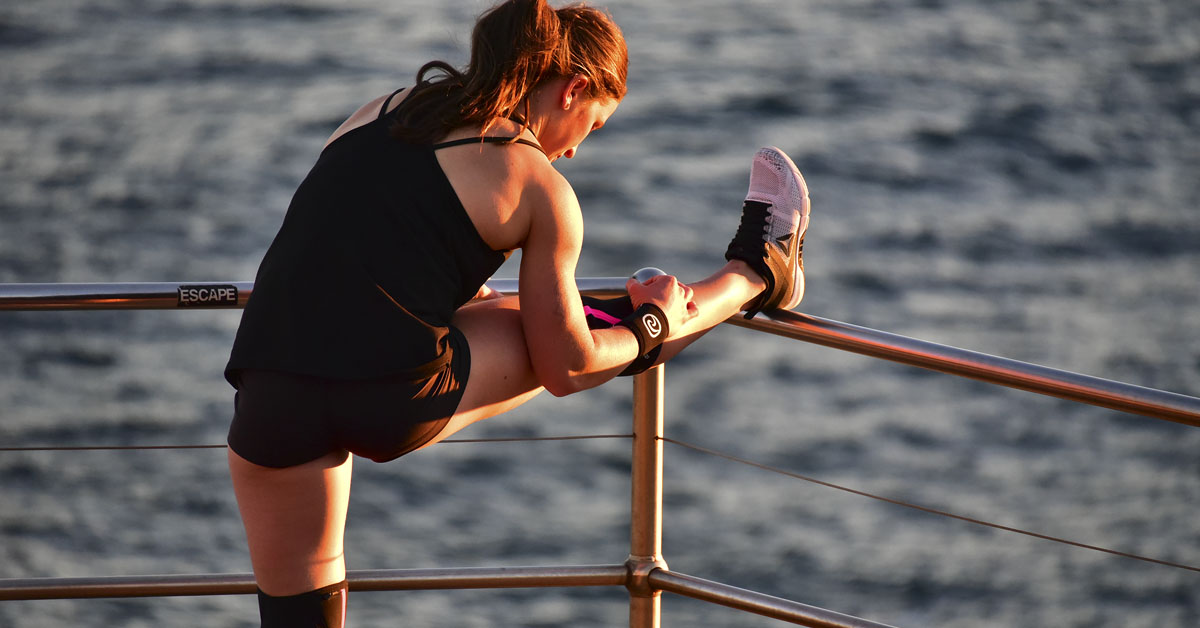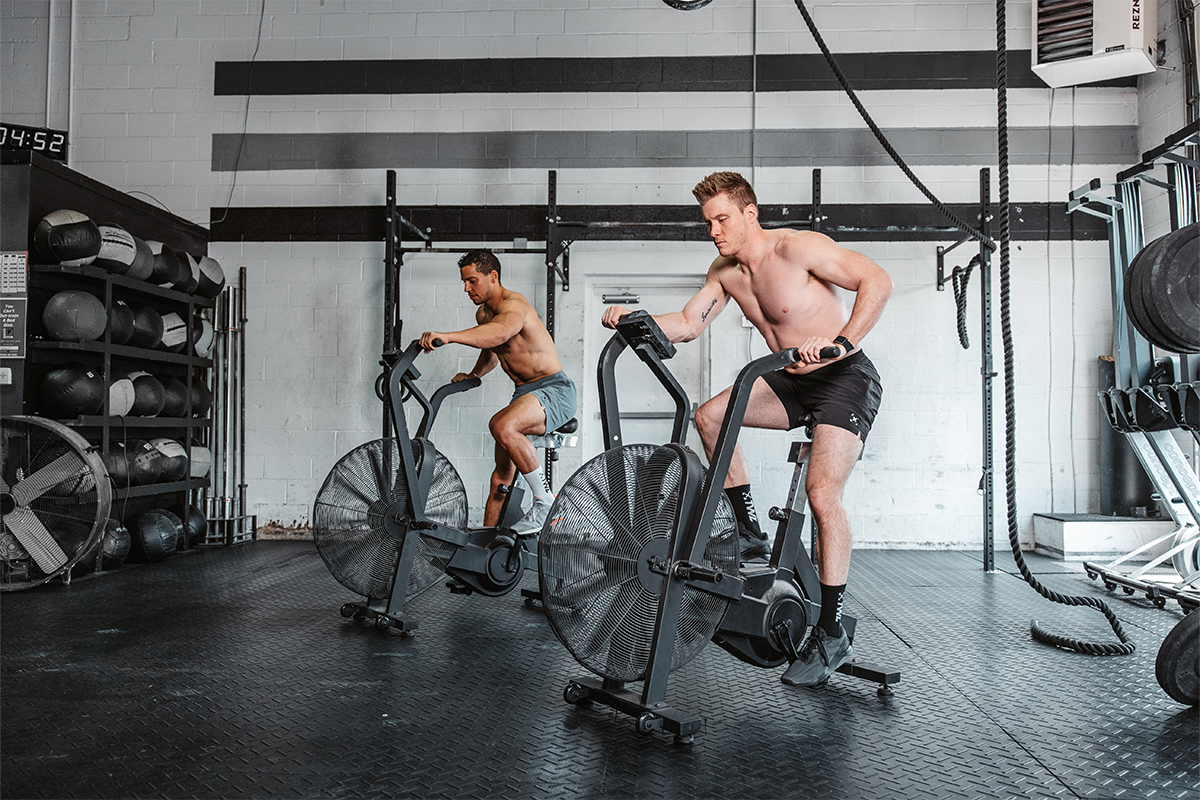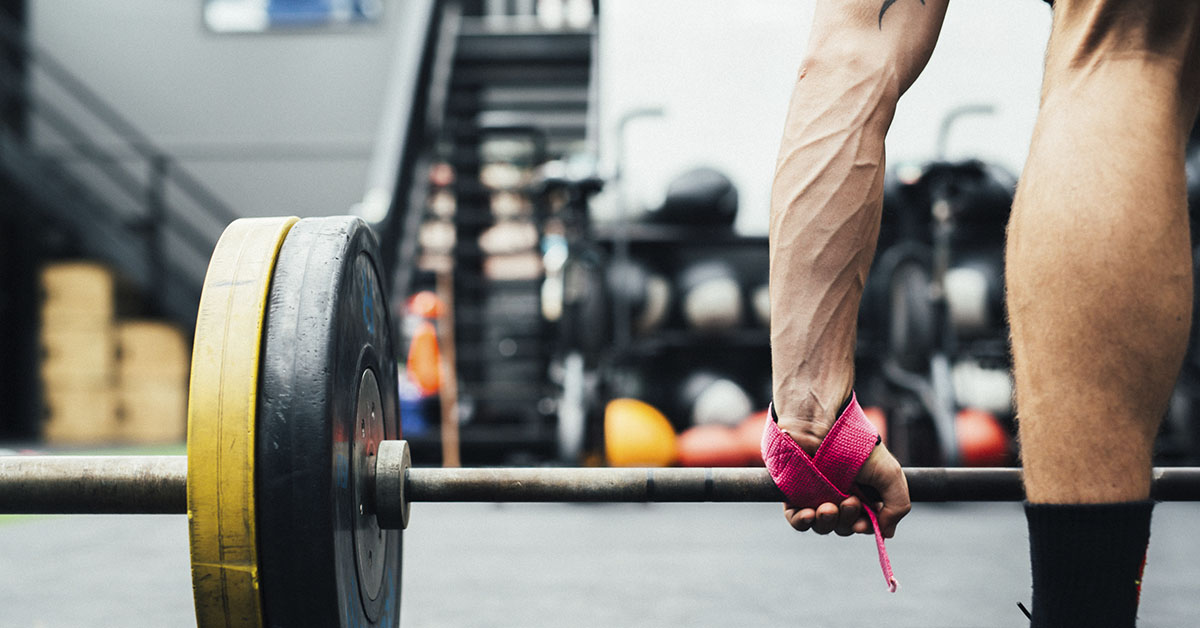Ensuring your muscles are well warmed up means being less likely to injure them, strengthening weaker joints and priming them to fire more readily during your workout. Muscles that require extra special warming for the purpose of preventing injury are usually the tiny ones that support and stabilize fragile joints. Others are large muscles that need priming to prepare them for bigger movements, where they will be sharing the load. Think of these as the ones that need extra reminders to warm up and get going before a workout to accelerate performance.
Here are the parts you should never neglect pre-workout.
1. Rotator Cuff
The rotator cuff is a group made up of:
- Teres minor
- Subscapularis
- Supraspinatus
- Infraspinatus
These muscles are responsible for controlling your scapula, which essentially controls and stabilizes your shoulder joint. The scapula moves with the humerus as it adducts, abducts, flexes and extends.
One of the four muscles of the rotator cuff are almost always responsible for an injury or pain in the shoulder joint. A rotator cuff should work to maintain a strong but balanced joint. The relatively floating nature of the shoulder makes it vulnerable to the numerous surrounding structures that attach to it. Imagine a boat tied at four corners to a dock. Each rope needs the same amount of tension and slack to keep the boat in the center.
Warm them up with arm circles, internal and external rotation of the shoulder — no weight or with a band — and scapula pull-ups and push-ups.
2. Glute Medius

Glute med is often tight and weak because we spend so much time sitting in our daily lives. This muscle is responsible for hip abduction and internal rotation. It also works to stabilize the hips during flexion and extension.
When preparing for lifting, squatting, pistols, lunges or any other compound lower body movement, the glute medius should be fired up and ready to go! At the end of any training like this, don’t forget to stretch out your glute med to prevent it from tightening up. Be warned that a tight muscle is often a weak muscle.
3. Transverse Abdominis
The transverse abdominis are the deepest layer of abdominal muscles. The fibers run laterally all the way from the rib cage down to the pubic symphysis, and from front to back. Think of it as your natural lifting belt. Your deep abs need to be activated to brace your core and spine though all lifting exercises.
Warm up the transverse abdominis by doing the plank. If you’re not sure that you feel it, lift one foot off the floor and hold your plank for a few seconds without twisting at the hips. You can also add a layer of difficulty by placing a medicine ball between your knees while you hold the plank. Squeezing your knees together seems to offer better results.
4. Erector Spinae
These are a group of muscles that run along each side of the vertebrae. Their role is maintaining extension of the spine. These muscles hold your spine straight when you bend and lift things up. They need a special warm-up for those who have postural issues or people who sit for work. Long hours sitting leave these guys slack.
Before lifting, warm up your erector spinae with some supermans, back extensions, and light good-mornings.

By warming up the rotator cuff muscles for the shoulders, the deep abs, the glutes and the erector spinae group, you will be ready for any type of workout. Best of all, it only takes a few minutes to target all these areas if you pick one or two warm-ups for each.

















